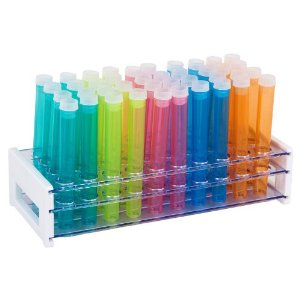Building on Microsoft Build
If you were at Microsoft Build this week in San Francisco, you hung out with six thousand of your closest friends. At least, your closest friends who are enterprise .NET developers, or who are building apps for some version of Windows 8.
Those aren’t necessarily the same people. The Microsoft world is more bifurcated than ever before.
There’s the solid yet slow-moving world of the Microsoft enterprise stack. Windows Server, SQL Server, Exchange, SharePoint, Azure and all that jazz. This part of Microsoft thinks that it’s Oracle or IBM.
And then there’s the quixotic set of consumer-facing products. Xbox, Windows Phone, the desktop version of Windows 8, and of course, snazzy new hardware like the Surface tablet. This part of Microsoft thinks that it’s Apple or Google – or maybe Samsung.
While the company’s most important (and most loyal) customer base is the enterprise, there’s no doubt that Microsoft wants to be seen as Apple, not IBM. Hip. Creative. Innovative. In touch with consumers.
#Microsoft wants to trend on Twitter.
To thrive in the consumer world, the company must dig deeper and do better. The highlight of Build was the preview of Windows 8.1, with user experience improvements that undo some of the damage done by Windows 8.0.
It’s great that you can now boot into the “desktop,” or traditional Windows. That is important for both desktop and tablet users. Yet the platform remains frenetic, inconsistent and missing key apps in the Tile motif.
While the Tile experience is compelling, it’s incomplete. You can’t live in it 100%. Yet Windows 8.0 locked you away from living in the old “desktop” environment. Windows 8.1 helps, but it’s not enough.
In his keynote address (focus on consumer tech), Microsoft CEO Steve Ballmer pushed two themes.
One was that the company is moving to ship software faster. Citing the one-year timeline between Windows 8.0 and Windows 8.1 — instead of the traditional three-year cycle — the unstated message is that Microsoft is emulating Apple’s annual platform releases. “Rapid Release is the new norm,” Ballmer said.
A second theme is that Microsoft’s story is still Windows, Windows, Windows. This is no change from the past. Yes, Microsoft plays better with other platforms than ever before. Even so, Redmond wants to control every screen — and can’t understand why you might use anything other than Windows.
The more things change, the more they stay the same.



